Oceans are often called the lifeblood of our planet. They produce over half the oxygen in the atmosphere, and they absorb about 25-40% of the carbon dioxide we produce, keeping it out of the atmosphere where excess amounts contribute to climate change. No matter where you live – whether on a coast on far inland – the health of our oceans impact you and your family.
Living here on the West Coast, we spend time on our beaches year round. I feel a close connection to our coastline and the natural splendour surrounding us and instinctively understand the importance of keeping our oceans healthy and pristine for my children and generations to come.
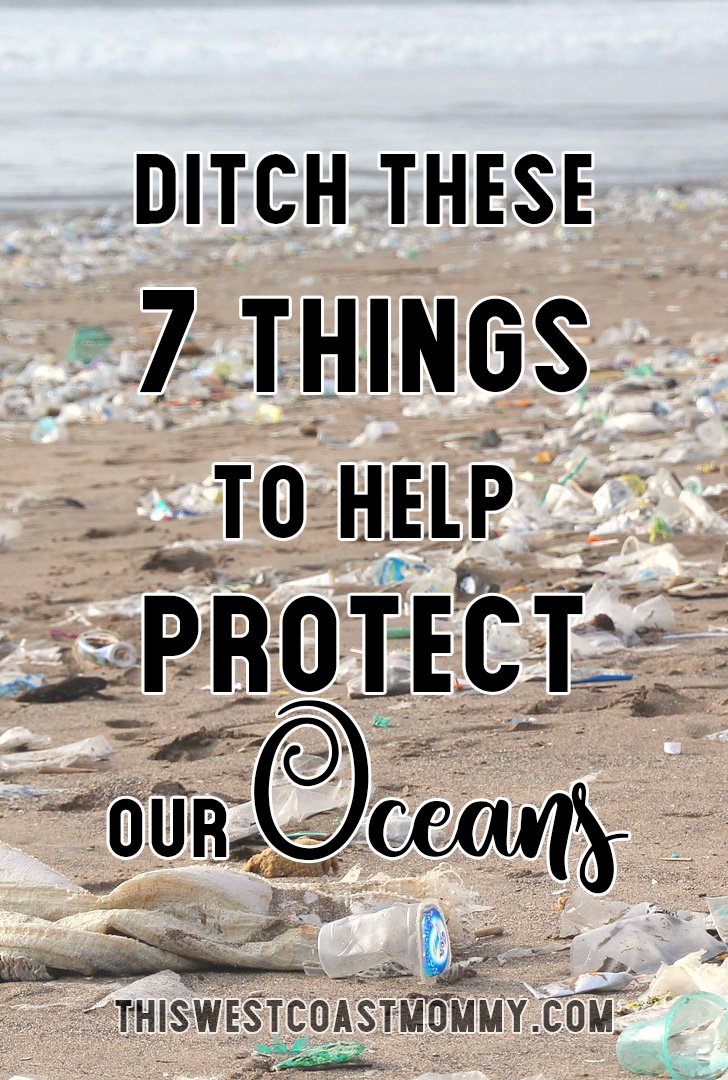
Not all litter is created equal. It’s estimated that plastics makes up about 90% of the debris floating in our oceans, and about 80% of that garbage originates from land-based sources. (The other 20% is marine-based, mainly abandoned fishing nets, fishing gear, and waste from aquaculture.) We don’t know how long it might take for these plastics to break down, or if they ever do, which is why it’s so important to get a handle on this problem. Here are 7 things you should consider cutting out from your daily life to help protect our oceans.
Cigarettes
As if smoking wasn’t unhealthy enough for you, it’s also really unhealthy for our oceans. According to the Ocean Conservancy, cigarette butts are the most common item collected during cleanups. With over 4.5 trillion cigarettes littered worldwide every year, these are the most common litter in the ocean (and worldwide).
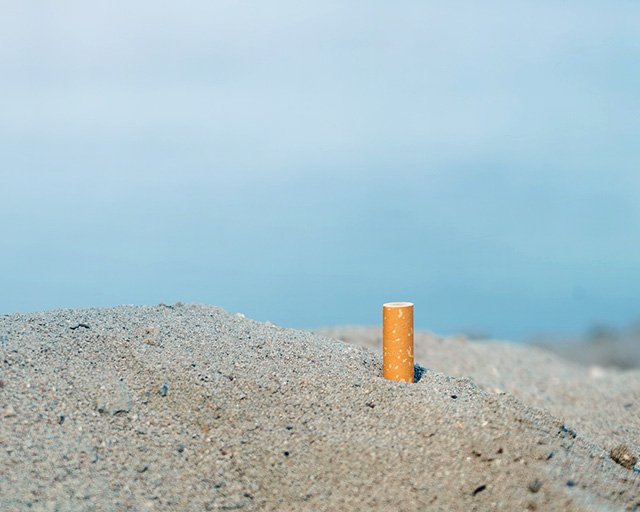
Wind and rain carry littered cigarette butts down storm drains and into waterways and oceans. The cellulose acetate that makes up cigarette filters does not biodegrade, and the toxic chemicals deposited in the filters from smoking contaminate our waterways, as well as poisoning birds and animals that may mistake them for food.
Plastic Bags
Plastic bags are everywhere, and unfortunately that includes millions of bags polluting our oceans too. Because they’re so light, they can easily blow out of garbage cans and landfills, eventually ending up in the ocean. When animals mistake these for food (a floating plastic bag can look remarkably like a jellyfish), the undigestible bag can cause blockages in their digestive systems and eventually death. Ditch the plastic and make the switch to reusable cloth bags.
Plastic Bottles
Like plastic bags, plastic bottles and bottle caps litter oceans and beaches around the world. Replace disposable plastic water bottles with reusable glass or stainless steel bottles.
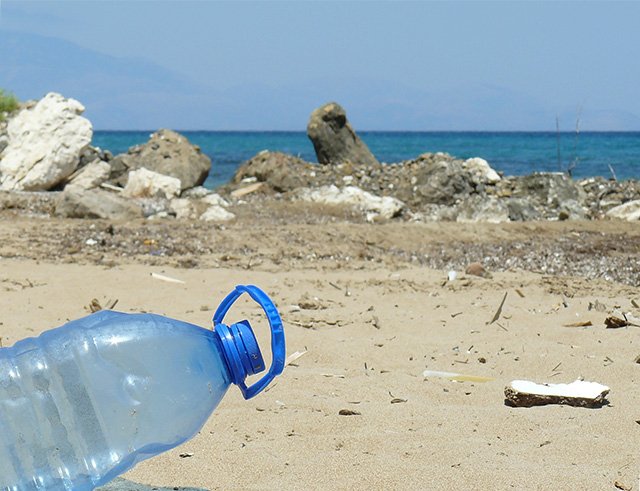
Plastic Microbeads
Those tiny little microbeads in toothpastes, cleansers, soaps, exfoliants, and other personal care products are commonly made out of plastic. Polyethylene, polypropylene, polyethylene terephthalate, polymethyl methacrylate, polylactic acid, and nylon are the most common plastics used so look for any of these in the ingredients. (Download a complete list of microplastics here.)

Microbeads get washed down the drain, into our streams and rivers, and eventually into the ocean. Since plastic doesn’t biodegrade, they remain in the ocean where they absorb other toxins and are eaten by fish and other marine life. When those fish are eaten by bigger fish or animals, that plastic travels up the food chain, eventually ending up on our own plate. Yummy!
As of July 1, 2018, Canada has banned the manufacture, import, and sale of toiletries that contain plastic microbeads. France, New Zealand, Sweden, Taiwan, the UK, and several US states have also enacted their own microbead bans, with several other countries working towards bans as well. Plastic microbeads are simply unnecessary. There are plenty of eco-friendly options like nutshell powder, pumice powder, apricot seeds, oats, rice, bamboo, ground coffee, jojoba beads, salt, and sugar. Scientists are also currently developing microbeads made out of renewable and biodegradable plant cellulose.
Synthetic Fabrics
All fabrics shed microfibers in the wash, but synthetic materials like polyester, acrylic, and nylon shed the most harmful microplastic fibers. Like microbeads, these microfibers go down the drain and since they’re so small, they mainly bypass treatment plant filters resulting in thousands of pounds of this plastic waste being dumped into waterways and the ocean every year. Plankton and other organisms ingest these fibers, and when they are in turn eaten by bigger animals, these plastics enter our food web.

Use natural fabrics wherever possible to reduce your microfiber pollution. You can also pick up a Guppyfriend washing bag in which to wash your synthetic clothing, or invest in a washing machine filter that attaches to your standard washing machine and helps keep these microfibers out of the waste water going down the drain.
Straws
We’ve been hearing a lot about the dangers of disposable straws lately. The first time I saw this video of a 4″ plastic straw up a poor turtle’s nostril, it made a big impression on me.
Plastic straws are littered on beaches, blow off of garbage transport boats, or otherwise littered outside where they make their way into storm drains and eventually into the ocean where marine animals can mistakenly ingest them. Even if they’re placed in recycling, most straws are too lightweight to be sorted in mechanical sorters which means they either contaminate other recycling or end up in the garbage.
While some people with physical disabilities, special needs, or other medical issues might need straws to drink safely or comfortably, for most of us, straws are unnecessary. If you don’t want to give up straws entirely, replace disposable plastic straws with reusable glass, stainless steel, or silicone straws.
Styrofoam
Styrofoam or EPS (expanded polystyrene foam) is made from styrene, a known toxin and carcinogen. Most commonly found as disposable dishes, cups, take-out containers, and packaging material, Styrofoam litter is carried from roads and gutters, through storm drains, and into the ocean where it floats on top of the water and breaks into smaller and smaller pieces. Like other plastics, marine animals may mistake Styrofoam for food.
Many cities don’t accept Styrofoam for recycling because its bulk and lightweight nature make it cost-prohibitive, so it’s even more imperative to avoid using Styrofoam wherever you can. Encourage shippers to use alternate packaging materials like packing peanuts made out of cornstarch – they’re compostable and dissolve instantly in water!
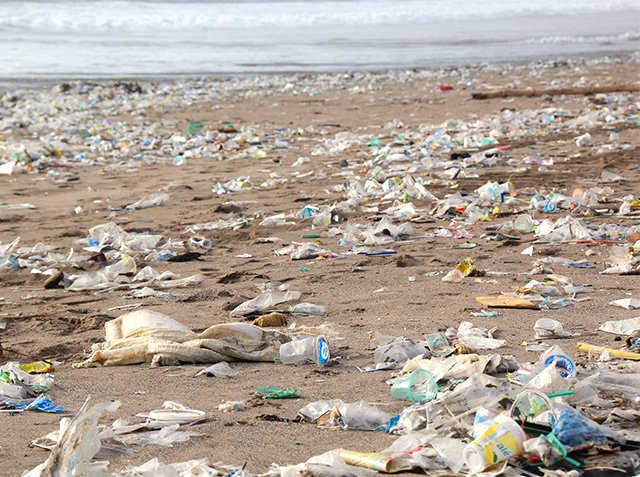
Are these 7 items the main culprits polluting our waters? Not really. Garbage from developing countries and abandoned fishing nets are much more significant sources of plastic pollution in the ocean. Unfortunately, as private citizens, we don’t have any influence on other countries’ waste management policies, infrastructure, or commercial fishing industries. But don’t let these challenges deter you from making changes in your own life.
We can reduce or eliminate single-use plastics to reduce our footprint. We can participate in shoreline clean-ups. We can reach out to our elected representatives to let them know these issues are important to us. We can vote for candidates who prioritize environmental issues and who will work cooperatively internationally to reduce ocean waste worldwide. Small changes can still make a difference.
Disclosure: This post contains affiliate links. This West Coast Mommy is a participant in the Amazon Services LLC Associates Program, an affiliate advertising program designed to provide a means for sites to earn advertising fees by advertising and linking to Amazon.com. I will receive a small commission if you purchase through my link, at no additional cost to you. This income helps pay for the operating costs of my website – thank you for your support!


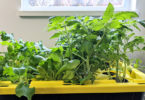

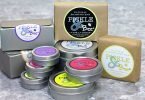

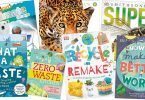

plz join and start the plastic-free campaign and save the planet. your article basically very important for this planet I like your struggle and plz enjoy me.
I’m slowly but surely adapting to a greener lifestyle. We have been using cloth diapers for a while, recently started family cloth, use cloth bags when shopping, and use reusable water bottles. I want to start using unpaper towels, reusable sponges, and reusable sandwich bags as well!
Living near the ocean, I support all of these actions to help preserve our precious waters.
Thank you for this read. We as a family are doing our best to cut out single plastic usage in our home!
I hope everyone learns they have to do their part.
There IS something we can all do about fishing industries. Although it’s outrageous, unthinkable, and not doable unless you’re doing it, if we all stopped eating fish and other marine animals, there would be no DEMAND for deep sea trawling, fish farming or any other destructive practises. Using washable straws is great, keep doing it – just be aware that those nets will continue to drag up dolphins, turtles, any creature at all who’s “in the way”, those boats will continue to leave behind their litter, and those fish farms will continue to pollute the surrounding ocean with disease and decay. All so that we can have – as stated in the post – some plastic-riddled flesh on our plates. This fun infographic shows just how deep some of our favourite fish to eat are, and exactly which other creatures are affected when we trawl for them: https://neal.fun/deep-sea/
Although we’re land-dwellers, our planet functions holistically, and by clinging to our traditions, we affect all life on Earth – and not for the better. If you’ve read this far, I encourage you to look into this more, and see the difference you can make to the planet, your health, and your conscience.
If we all made an effort we would make a great difference in the next few years.
I wish everyone was eco-friendly.